The Magic of My Happy Marriage
This summer sleeper hit is an old-fashioned romance--but is there more to it than that? Should there be?
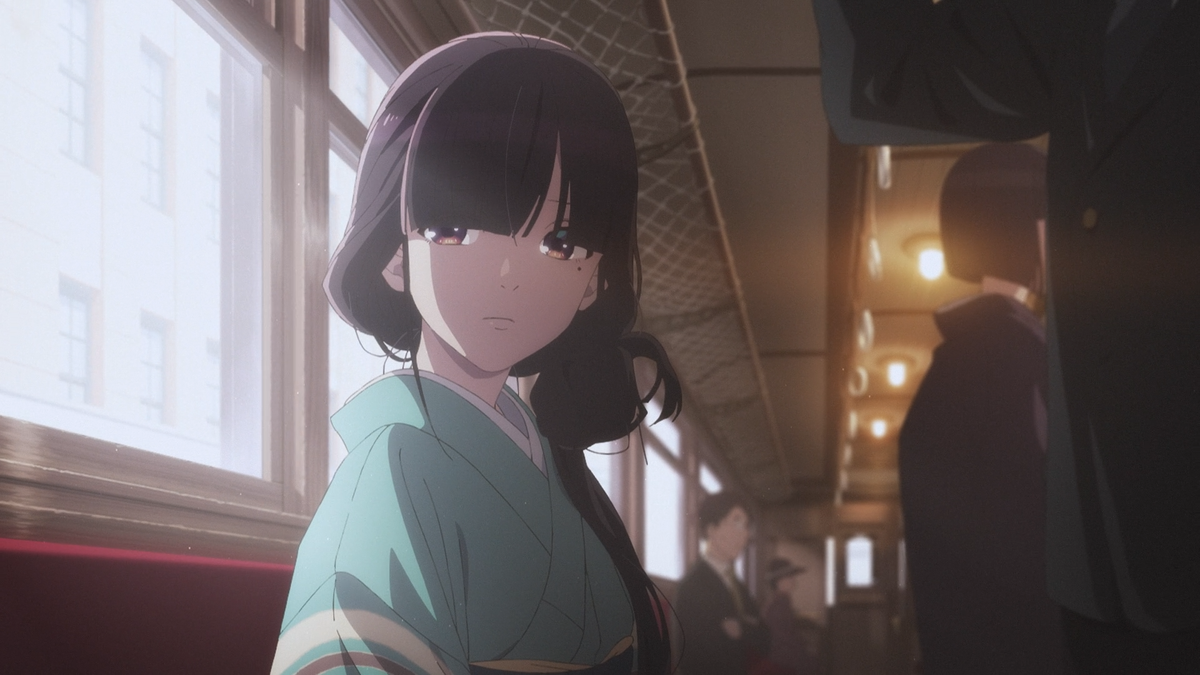
Welcome to ANIWIRE! This week we're talking about the currently airing romance anime series My Happy Marriage. Before that, though, here's the news from the past week.
News
- The live-action One Piece is out, and reviews are split between confused outsiders and generally satisfied fans. Give or take a dissenter or two.
- Sunrise announced a continuation of their 2006 sci-fi anime series Zegapain. I’ve never seen this one, but there are folks who remember it fondly. I wonder what other random anime series from the mid-2000s will receive sequels…
- A new trailer premiered for Freiren: Beyond Journey’s End, produced by Madhouse via Bocchi the Rock! director Keiichiro Saito. Keep an eye on this one.
- The staff has been announced for the anime adaptation of Inio Asano’s bonkers manga Dead Dead Demons DeDeDeDe Destruction, which will be two movies. Character designer and Yuasa ally Nobutaka Ito is there, as is Yuri!!! on Ice Composer Taro Umebayashi.
- There’s a new great music video from Eve, kororon. Featuring storyboards/direction by Ligton, compositing by tyao and based upon concept art by chavoom.
Bookmarks
- The team behind My Happy Marriage put out a video breaking down their animation process. Hopefully we’ll see more of these in the future!
- For Anime Herald, Priya Sridhar wrote about the challenges libraries face in stocking longer manga series.
- For Anime News Network, Coop Bicknell reviewed the very entertaining first few episodes of Macross Delta, which were officially screened this year at Otakon in English for the first time. Never made it far into the show, but the ending of that first episode is still an all-timer.
- For Crunchyroll News, Alicia Haddick reviewed the Takarazuka Review’s take on action-packed historical lawyer drama The Great Ace Attorney.
- For Anime Feminist, Mehitabel Glenhaber wrote about the famed historical manga Rose of Versailles through the lens of the author’s political activism.
- kishi organized a study charting the popularity of Charma (Char Aznable x Garma) and Charmuro (Char Aznable x Amuro) BL pairings from the Gundam franchise over the years.
- Hazel put out a new video titled “my favorite places in pokemon,” which speaks for itself.
- Delany Jordan discussed the frustrating failures of Lupin film Green vs. Red.
AMV of the Week
Here’s “Claire de Lune” by takara.
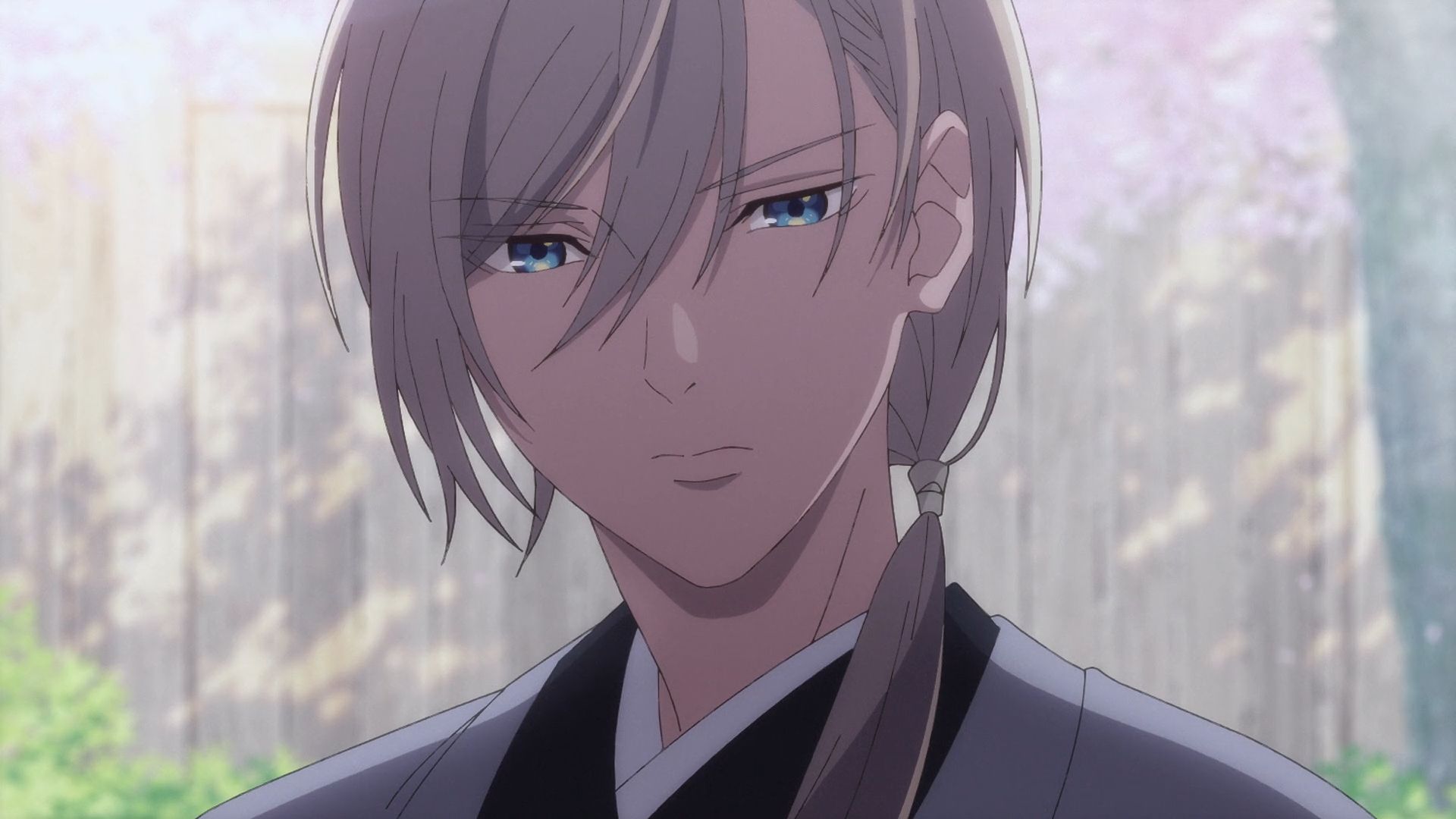
I’ve heard folks recommend My Happy Marriage since its summer premiere. Caitlin Moore at Anime News Network loved the first episode. Sakugablog’s Kevin Cirugeda posts about it regularly. Even Kim Morrissey, the internet’s #1 light novel expert, praised the anime as “a truly powerful love story.” Their words convinced me that the series was worth watching. Yet I procrastinated for weeks before I finally sat down and watched all nine available episodes.
I’m biased, you see. I respect romance as a genre, since many novelists I love (Dorothy Dunnett, Megan Whalen Turner) have their roots there. But what hooked me on shojo (girls) comics as a high schooler was learning how many of them weren’t just romance. They could be historical epics, gangster thrillers and stories about telepathic space mermaids. Even contemporary romances like Fuyumi Sono’s Mars took time to indulge in the author’s personal interests, like motorcycles and psychology.
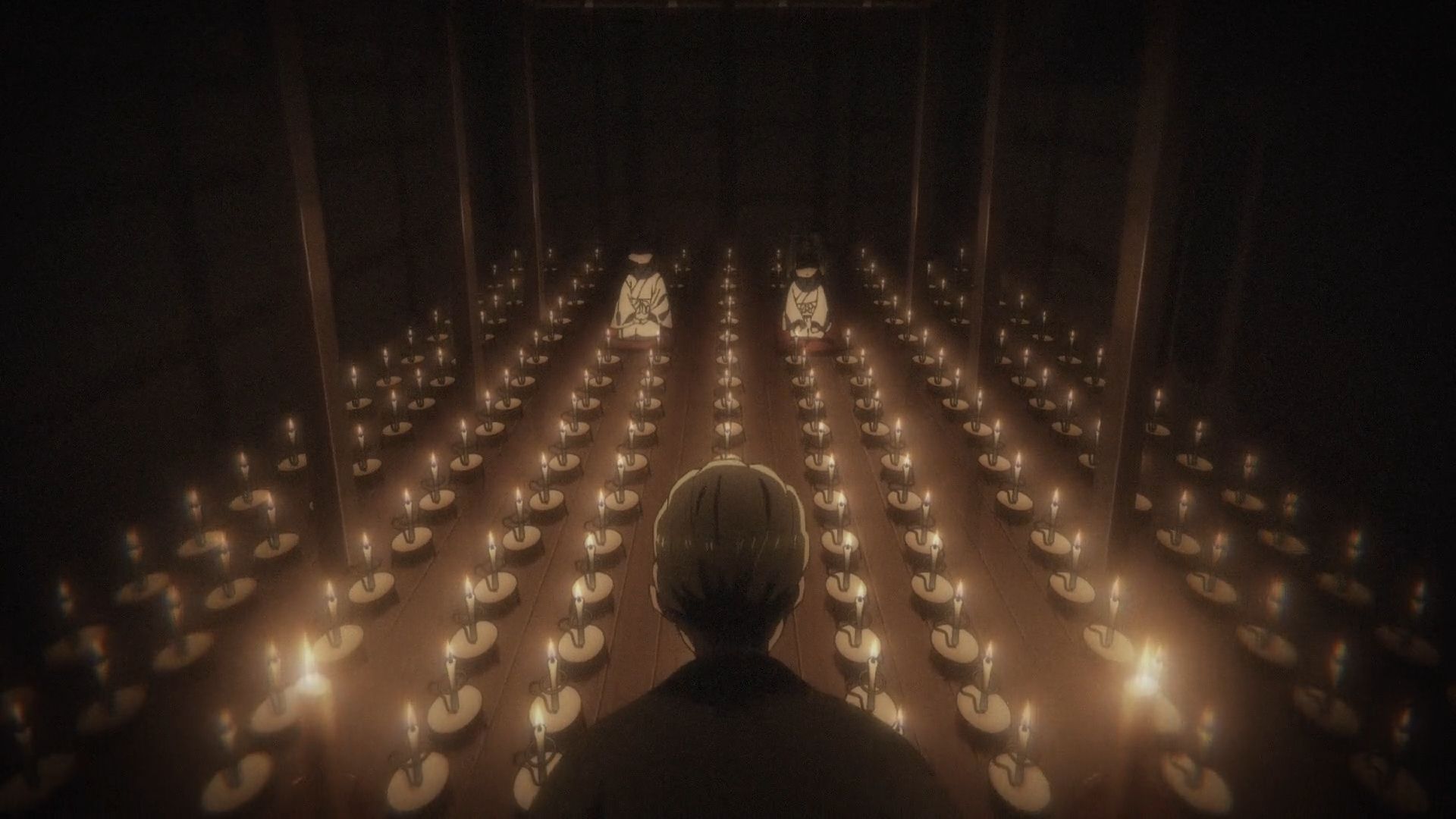
In an interview with the French magazine ATOM, manga artist Yumi Tamura claims that while “romance was always very present in shojo…in the 70’s it just wasn’t the main ingredient.” 70s artists like Moto Hagio and Keiko Takemiya drew any kind of story they pleased so long as they could convince editors to publish it. Tamura and her contemporaries happily followed in their footsteps. At some point, though, the range of what was acceptable changed. Stories about “insecure young girls [looking] for acceptance from a cute boy very sure of himself, and most of the time older,” as Tamura describes them, consumed the medium.
Tamura had nothing against romance or cute older boys; her comics have plenty of both. But they also feature proactive heroines and expansive worlds. By comparison, many modern shojo comics (though not all of them) have calcified into domestic fantasies of shy girls winning over the perfect guy. There’s still room for established artists like Tamura, as well as recent favorites like Mizuho Kusanagi (Yona of the Dawn) and George Asukasa (Drowning Love.) But the freewheeling ambition of Hagio, Takemiya and their peers is harder to find these days in shojo magazines.

While My Happy Marriage began as a light novel rather than manga, it is a product of this new world regardless. The heroine Miyo is a modest girl raised by the cruel Saimori family. Her father is neglectful, her stepsister Kaya is spoiled and her stepmother is truly monstrous. When a nearby boy Kouji Tatsuishi takes a liking to Miyo, the Saimoris match him with Kaya and send Miyo to live with the Kudo family. Rumor has it that the Kudo heir, Kiyoka, is so cold-hearted that nobody can bear to live with him. But he takes a liking to Miyo, and sooner or later the two are formally engaged.
Here are some of the reasons I didn’t know if My Happy Marriage would be for me: Miyo’s greatest ambition is to learn to be a good wife to her fiance. Kiyoka Kudo is a cop with magical powers and a tendency towards overwork, but the series doesn’t spend much time digging into his psychology or what he might learn from Miyo. Most of the other characters, such as Miyo’s stepsister Kaya or Kudo’s subordinate Yoshito, are cliches. They exist to fulfill their roles in Miyo’s grand drama rather than to be human beings in their own right. Even the story’s setting, a historical pastiche with spirits and magical bloodlines, is subordinate to the romance.
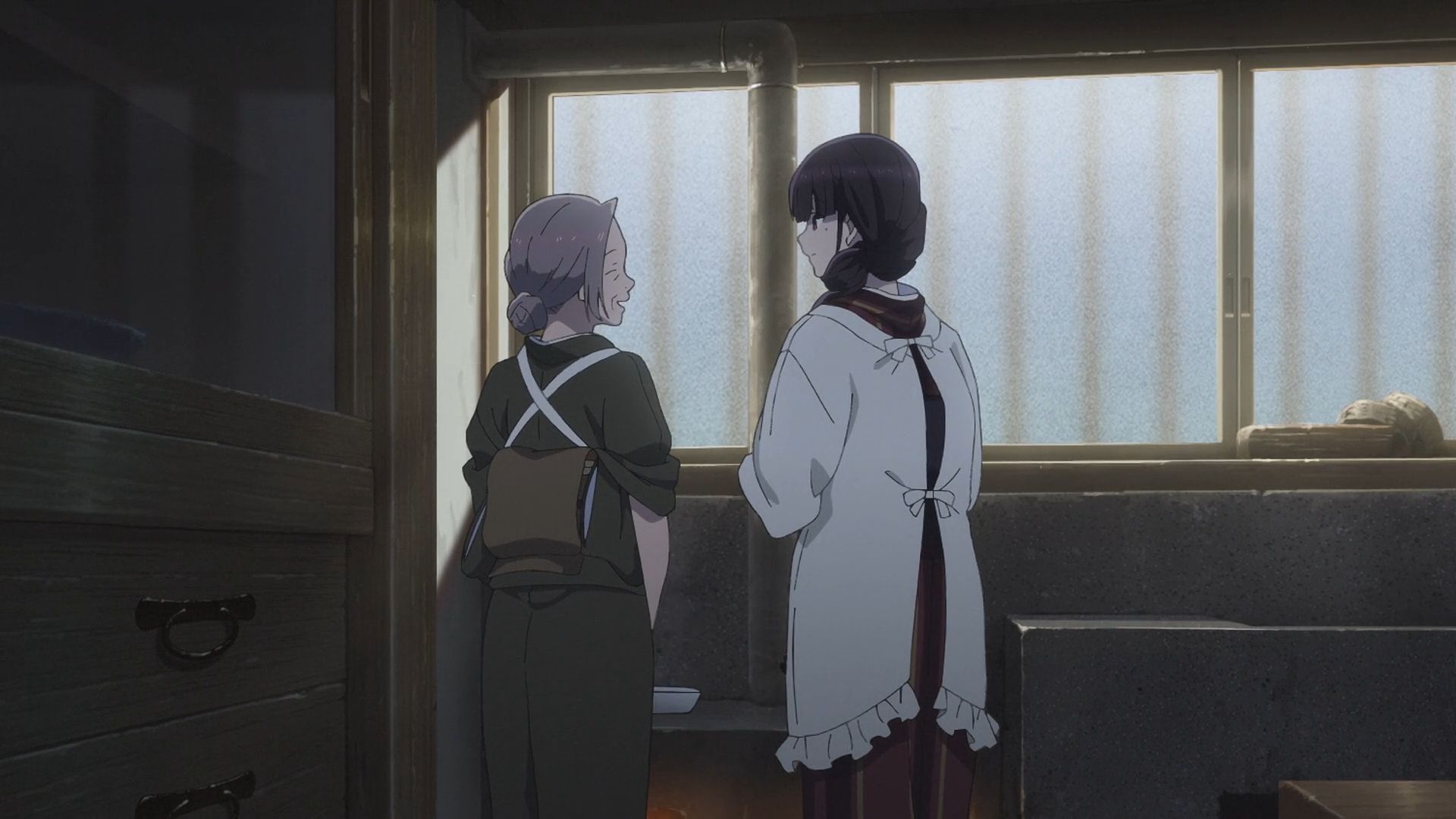
That said, I wouldn’t dismiss My Happy Marriage either. As vague as it can be around the edges, the show absolutely nails its main character. A lifetime of being put down by her stepmother and stepsister taught Miyo that she is stupid, clumsy and unloveable. No matter how hard Kudo and his housekeeper Yurie work to build her self-confidence, all it takes is a mean word from Kaya to send her tumbling down again. A man cannot fix Miyo’s problems. In fact, Kudo causes problems by trying to fix Miyo’s problems for her. The only person who can save Miyo is Miyo.
The anime takes steps to ground the viewer in Miyo’s psychology. Flashbacks flesh out the side cast and demonstrate to the audience just how much Miyo has changed. Flowers, mirrors and sakura trees hint at her present feelings. Even Miyo’s clothing choices, from the ratty kimonos she inherited from the Saimoris to the new ones Kudo gives to her, track her evolving self. Her pink kimono, for instance, reminds her of her mother, and Miyo’s connection with her only becomes more important as the series enters its second half.
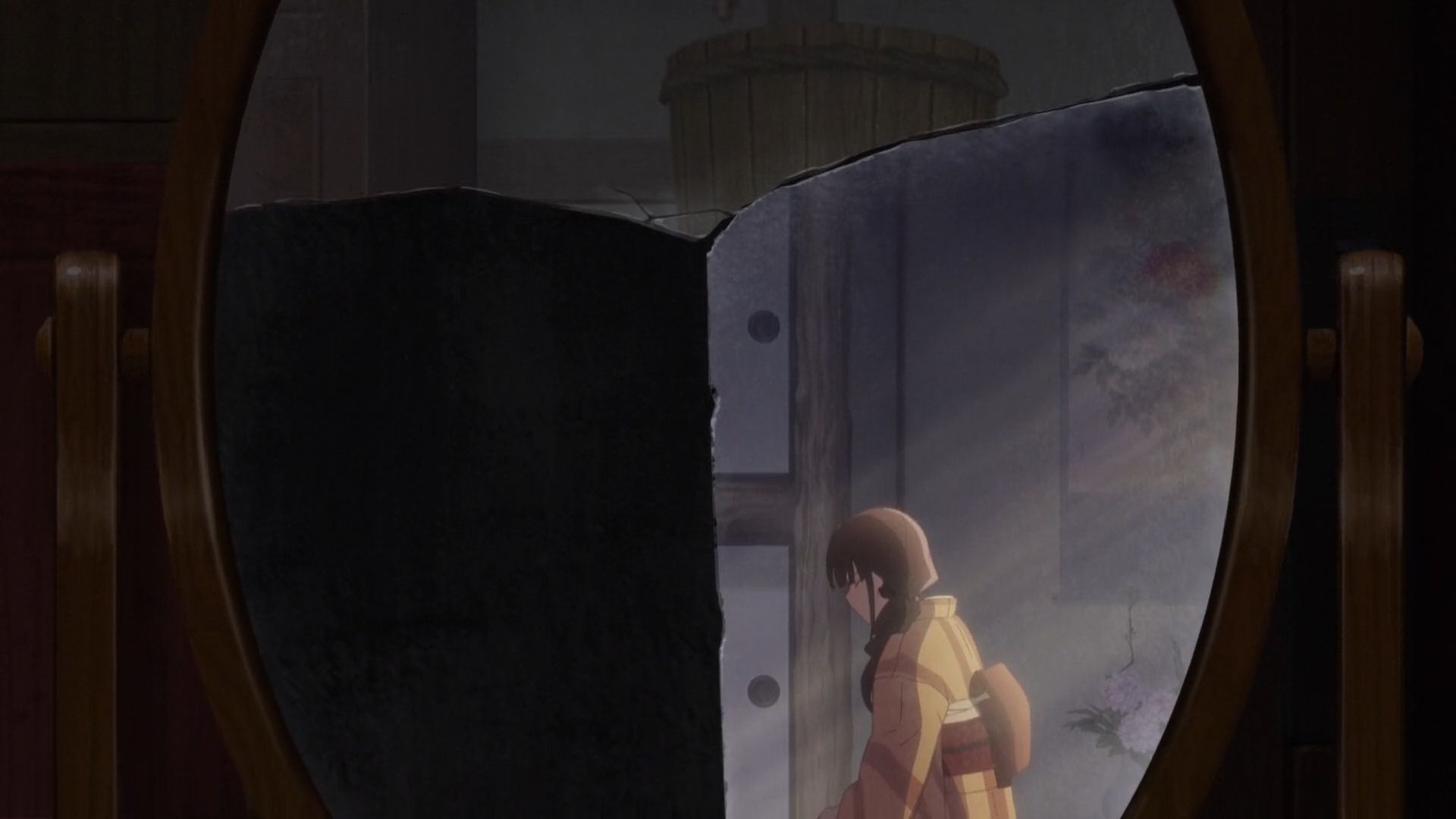
Frankly, the quality of My Happy Marriage’s anime adaptation is notable in itself. Compared to Shonen Jump’s numerous, decadent and faithful anime adaptations, adaptations of comics and novels for women receive scraps by comparison. Few of the medium’s classics have been adapted in their entirety. Modern successes like Yuri!!! on Ice are rarely given sequels. Even the likes of Sailor Moon, one of the most popular and influential media properties to come out of Japan, have been poorly treated over the years.
My Happy Marriage is adapted by Kinema Citrus, best known today for their acclaimed adaptation of the dark fantasy series Made in Abyss. My Happy Marriage doesn’t quite reach that high bar, though certain episodes punch above their weight. Still, the anime series is otherwise thoughtful and reasonably polished. I'd say it's comparable to the anime adaptation of Yona of the Dawn, at the very least.

My Happy Marriage is doubly unusual for having come from Shosetsuka ni Naro, the fiction hosting site that birthed Mushoku Tensei, The Faraway Paladin and My Next Life as a Villainess. Despite horny male power fantasies like Mushoku Tensei dominating the headlines, Naro has always had a female readership. Even so, My Happy Marriage is distinct even from series like My Next Life as a Villainess. There are no video game tropes, and the heroine is not a reincarnation of some kind or another. She simply exists in her world and that is that.
Another famous work spawned from Naro, The Apothecary Diaries, will be adapted into anime this fall. The Apothecary Diaries is a mystery series that borrows from Chinese court romances, best represented today by contemporary C-dramas such as Story of Yanxi Palace. By itself, the series is an entertaining anomaly. Together with My Happy Marriage, though, it’s a sea change. What might happen if Naro romance becomes a viable commercial niche alongside Naro fantasy and reincarnation stories? In the worst case, the industry rushes even more half-assed adaptations into production. In the best case, we see at least one other series made with the same care as My Happy Marriage.

My Happy Marriage may be hopelessly conservative compared to what Hagio and Takemiya accomplished in the 70s. Within the field of anime, though, it is distinct from its contemporaries. It pulls its cliches from romantic dramas and soap operas instead of Shonen Jump. The animation staff treats the material with a sense of gravity that extends even to its underdeveloped fantasy elements. I don’t know if My Happy Marriage will appeal to folks who don’t care for romance. But if you love romance, and wish that the anime industry treated the genre with the same respect it lavishes on action blockbusters like Jujutsu Kaisen, you should be watching My Happy Marriage.